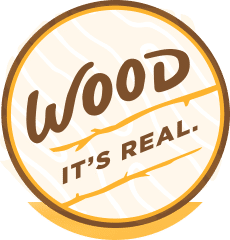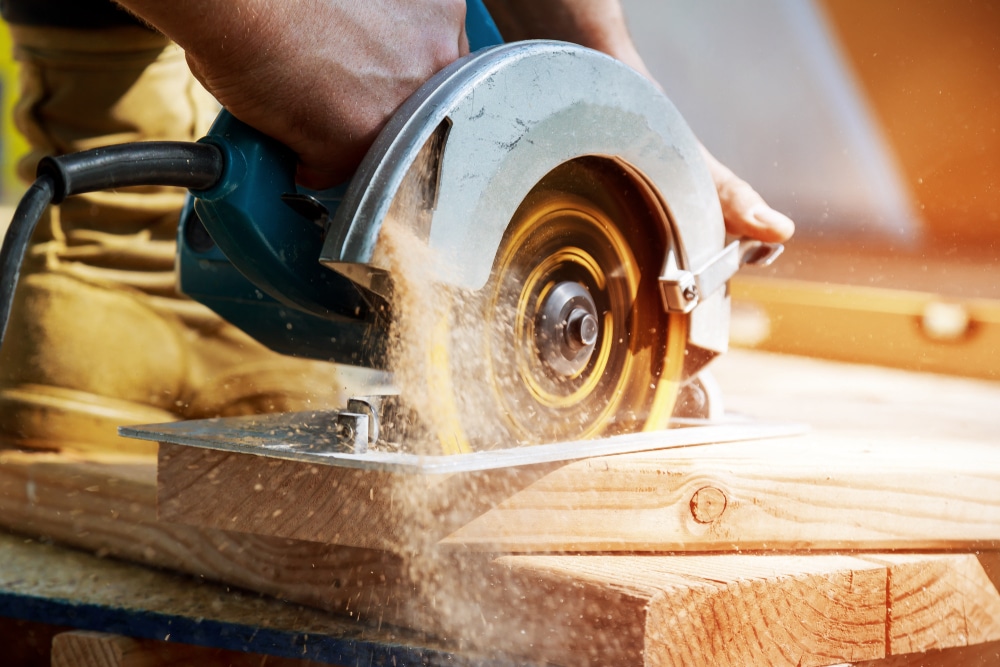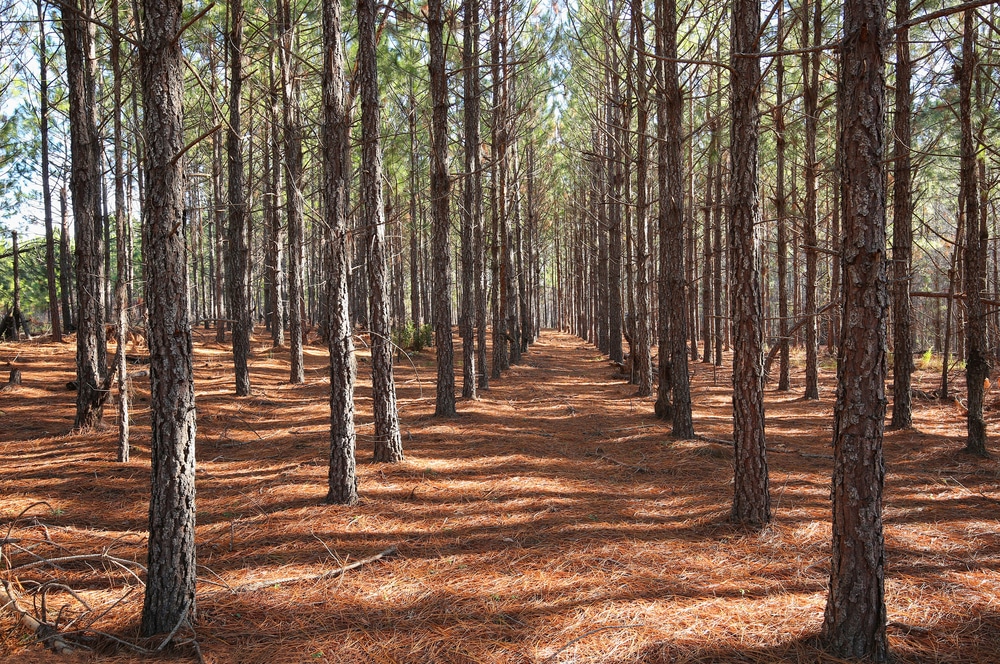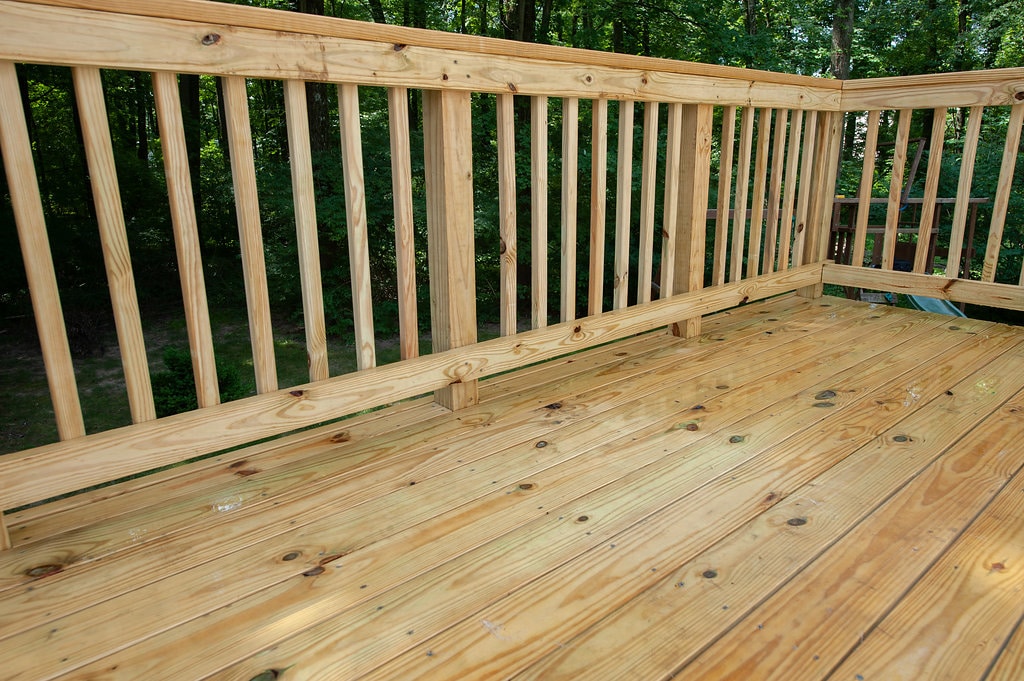Building your own deck can be one of the most rewarding and fun DIY projects ever.
Even if you end up hiring a pro, it’s important to understand what’s happening with your deck as you begin the planning stages.
Laying Out Your Deck
A great deck must first be laid out in your mind, then on paper, and finally in your yard. The old saying “those who fail to plan, plan to fail” was right on point. So where to start?
Obviously you need to decide on the size deck you have in mind. Once you get a general idea of the size of your new deck; grab some old-fashioned graph paper or better yet one of your local building supply’s new design programs and plug in your dimensions. You already know I love working with real wood, especial Southern Yellow Pine (SYP), so most of what I tell you about supplies and building comes from that experience.
TIP: By keeping your deck dimensions as close as possible to 8’, 10’, 12’, 14’or 16’ lengths you’ll save immensely on waste (since these are standard board lengths). You can get lengths up to 24’ but that starts to get more expensive and harder to find.
Now you’ve planned your new deck in your head and on paper (so-to-speak) — Time to get “down and dirty.”
Marking the Elevation

Image via Lowes.com
Keep in mind that most deck surfaces run 2-3 inches below the bottom of the door sill so you’ll want to measure down (accounting for the thickness of your decking material) and make your mark.
What Size Decking Board to Choose
There are a few options when you’re choosing a decking board. Knowing what you want and measuring against whatever you choose is SUPER important when you’re marking the top elevation of the deck.
- 5/4” thick decking boards aka true decking size: You’d likely see it listed on the board as 5/4×6. These boards are produced specifically for decking.
-
- Decking boards can have a radius edge, which is a finished off rounded edge. Or they can also have a straight edge.
- 2×6 boards:
- This material is a little bit thicker and stronger. The boards can have either a straight edge or a slightly rounded bull nose edge. What you choose is totally up to you.
- Other options:
- Think about looking at boards that are 4” or even 8” wide for a different look.
- You could even look at 2x4s and 2x8s.
- Just keep in mind that the boards must be pressure treated so you can enjoy your investment for a long time.
Your top mark represents the top of your ledger board. Measure down again for the width of your ledger board and make a mark. This mark represents the bottom of the ledger board and the top of the beam.
Squaring It Off
Our next steps start to involve getting the entire project started off “in square” mainly using the 3, 4, 5 method. Since this may be something new if you’re a first timer I think we’ll get into more depth with that in the next post of our series. (will include link when it’s up). This step is one of the most important parts of the entire project because if your base or foundation is not level, plumb and square the rest of you deck will be off. Errors at the base will continue to grow and compound every step of the way. Watch for the next post in our decking series.








